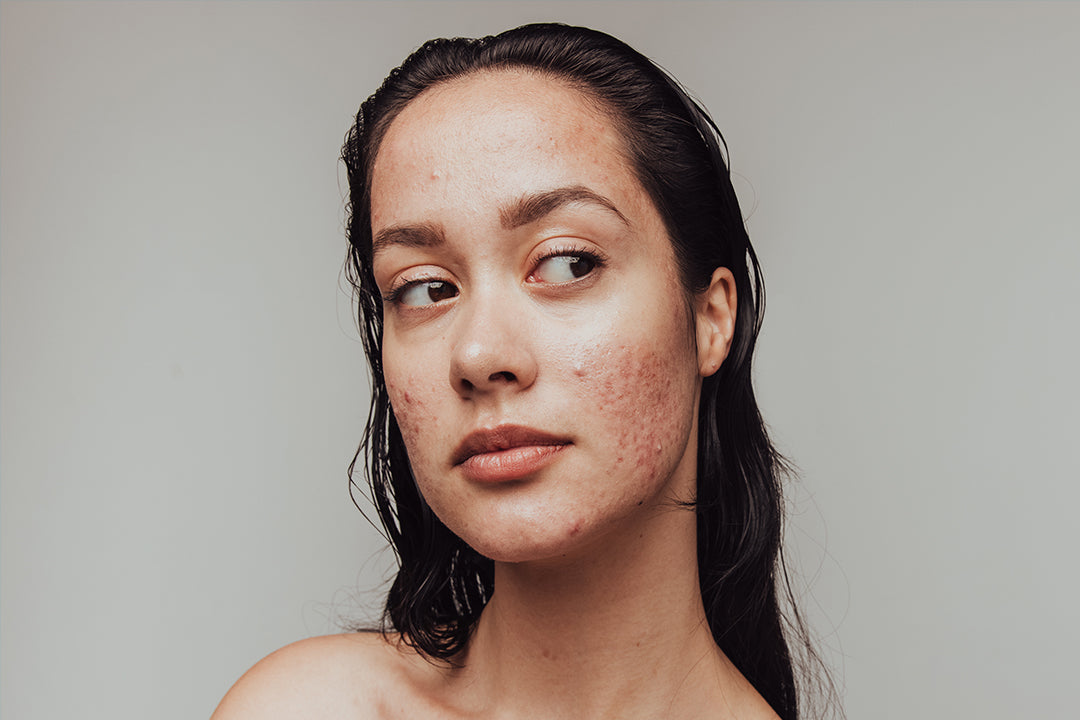Have you ever struggled to find the perfect foundation that matches your skin tone? Understanding your Fitzpatrick skin type can help you make better choices when it comes to skincare and aesthetic treatments. In this comprehensive guide, we will explore the Fitzpatrick Scale, its benefits, how to determine your skin type, and common characteristics of each type.
Benefits of Knowing Your Fitzpatrick Skin Type
Knowing your Fitzpatrick skin type can provide valuable insights into how your skin reacts to sun exposure, the risk of skin cancer, and the appropriate treatments and skincare routine for your specific needs. By understanding your skin type, you can:
- Select the right sunscreen: Different skin types have different levels of sensitivity to the sun. Knowing your Fitzpatrick skin type can help you choose a sunscreen with the right SPF and protection level.
- Prevent skin damage: Certain skin types are more prone to sunburns and skin damage. By knowing your skin type, you can take necessary precautions to protect your skin from harmful UV rays.
- Choose the right skincare products: Different skin types have different needs. Knowing your Fitzpatrick skin type can guide you in selecting the right skincare products that cater to your specific skin concerns.
How to Determine Your Fitzpatrick Skin Type
Now that you understand the importance of knowing your Fitzpatrick skin type, let's explore how you can determine it. While consulting with a dermatologist is the most accurate way to determine your skin type, you can also get a rough idea by considering the following factors:
- Skin Color: The Fitzpatrick Scale classifies skin into six types based on color, ranging from fair to dark. Take a look at the pictures below to identify which category your skin color falls into.
- Sunburn and Tanning: How does your skin react to sun exposure? Do you burn easily and rarely tan? Or do you tan easily and rarely burn? Your response to sun exposure can provide insights into your skin type.
- Freckles and Moles: Do you have freckles and moles? The presence and distribution of freckles and moles can also indicate your skin type.
- Family History: Consider your family's skin type. Genetics play a role in determining your skin type, so if your parents or siblings have a certain skin type, it is likely that you share similar characteristics.
Common Characteristics of Fitzpatrick Skin Types
Now that you have a better understanding of how to determine your Fitzpatrick skin type, let's explore the common characteristics of each type:
Types 1 and 2
These skin types are fair and prone to sunburns. They rarely tan and are at a higher risk of skin damage and skin cancer. People with type 1 and 2 skin should take extra precautions to protect their skin from the sun.
Types 3 and 4
These skin types have a moderate risk of sunburn and tanning. They can tan with moderate sun exposure but still need protection from harmful UV rays. People with type 3 and 4 skin should use sunscreen and take appropriate sun protection measures.
Types 5 and 6
These skin types have a higher natural protection against the sun and rarely burn. They tan easily and have a lower risk of sun damage. However, it is still important for people with type 5 and 6 skin to use sunscreen and protect their skin from excessive sun exposure.
Quick Glance
Here is a quick overview of the Fitzpatrick skin types:
- Type 1: Fair skin, always burns, never tans
- Type 2: Fair skin, burns easily, tans minimally
- Type 3: Medium skin, burns moderately, tans gradually
- Type 4: Olive skin, burns minimally, tans well
- Type 5: Brown skin, rarely burns, tans easily
- Type 6: Dark brown to black skin, never burns, always tans
Takeaways
Understanding your Fitzpatrick skin type is essential for proper skincare and protection against sun damage. By determining your skin type and knowing its characteristics, you can make informed decisions about sunscreen, skincare products, and aesthetic treatments. Remember to consult with a dermatologist for an accurate assessment and personalized recommendations.









